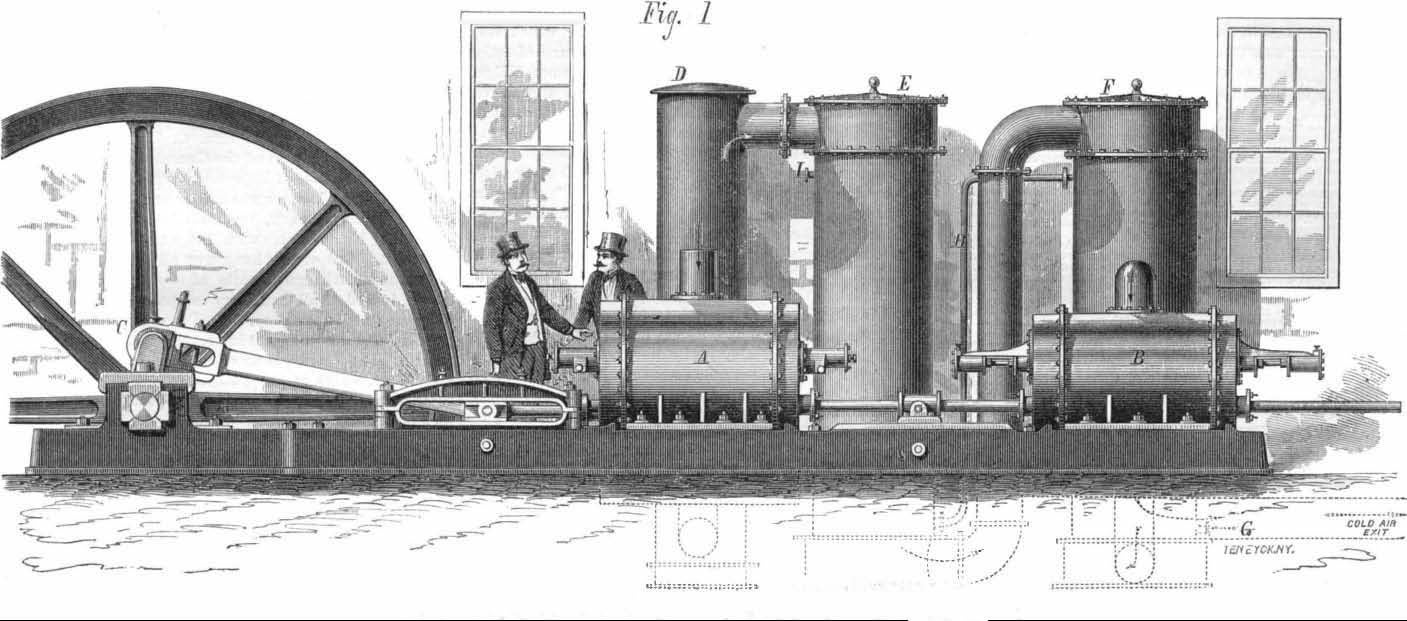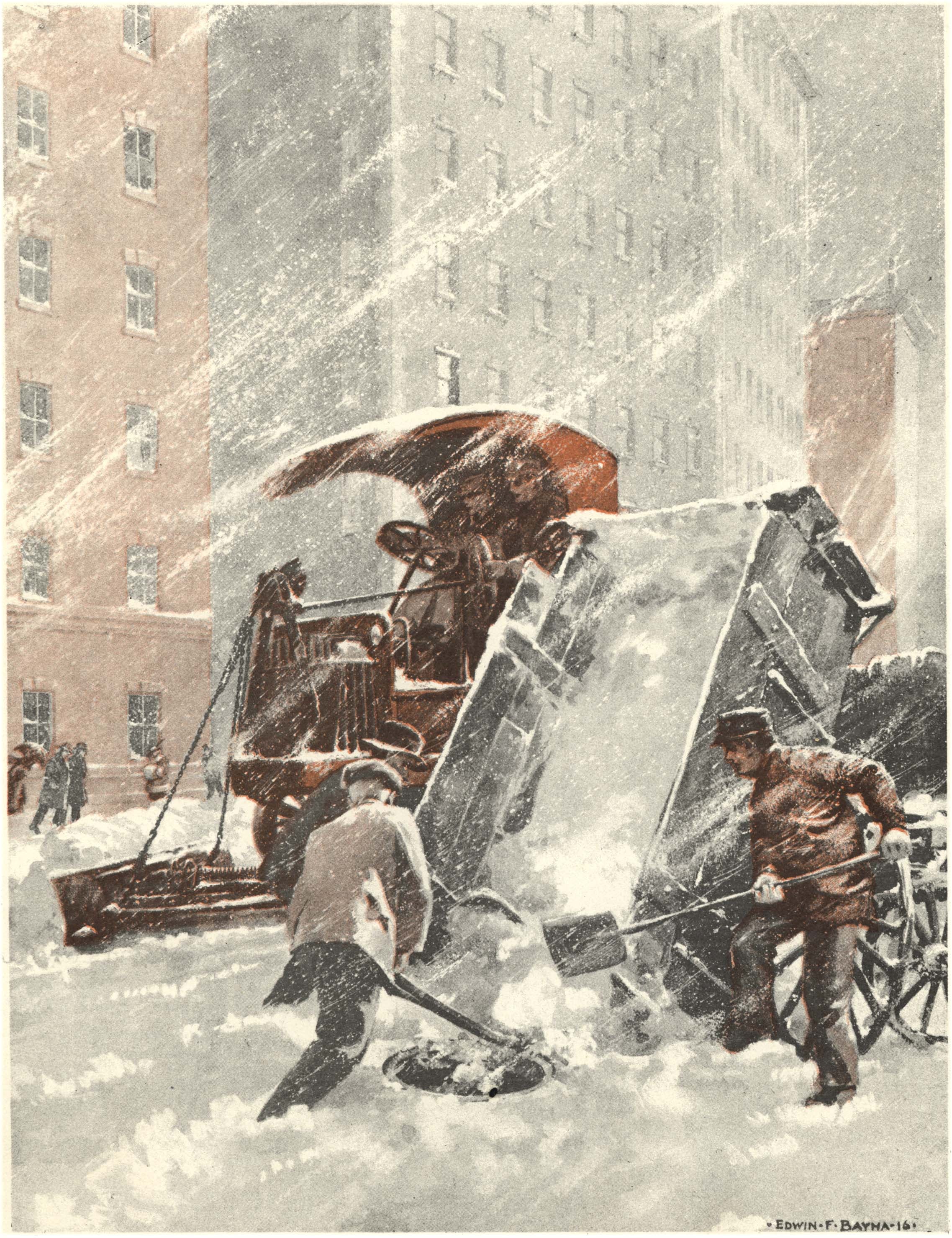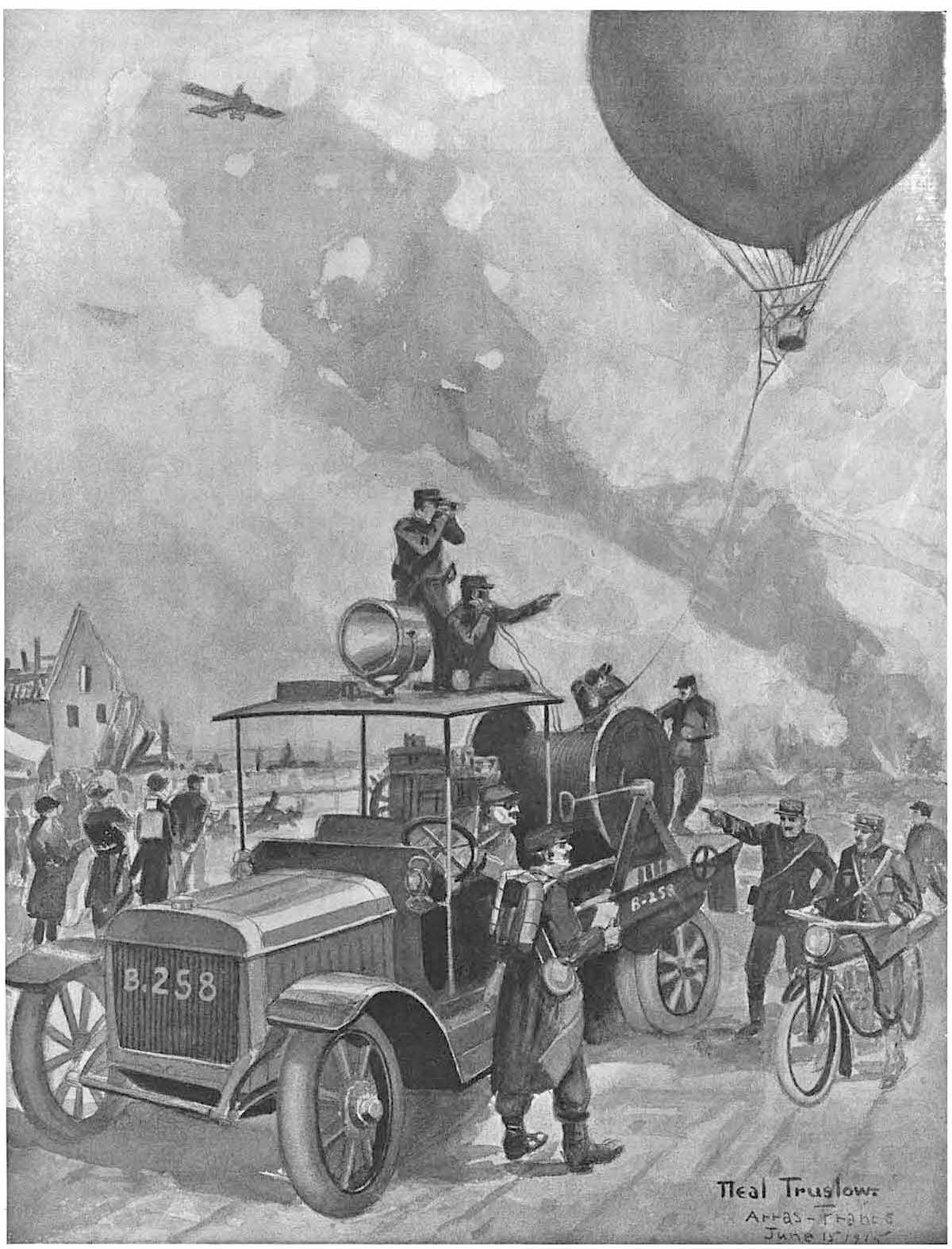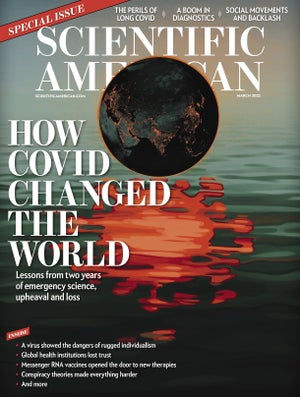| Dear Reader,
February feels like the longest month because of the cold and dark doldrums in the Northern Hemisphere. Artificial cold has changed the way we farm, transport food, shop, cook and eat. This month we highlight articles from our archives about winter snow and the refrigerator. And we look at the history and uses of hydrogen, the most abundant element in the universe. Please let us know if there are subjects you'd like to hear more about in future archive newsletters at editors@sciam.com
|












Comments
Post a Comment